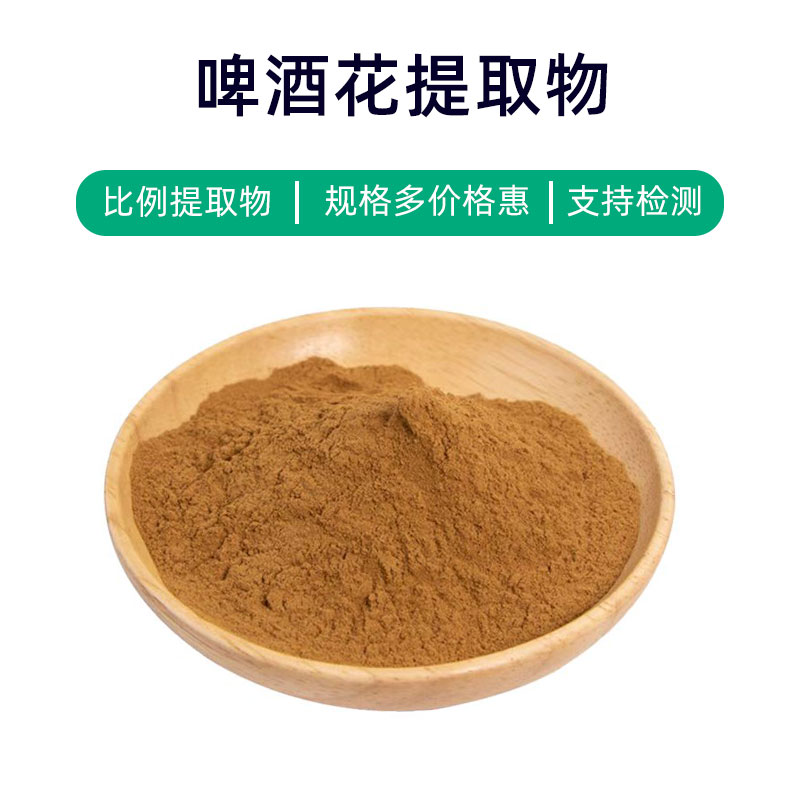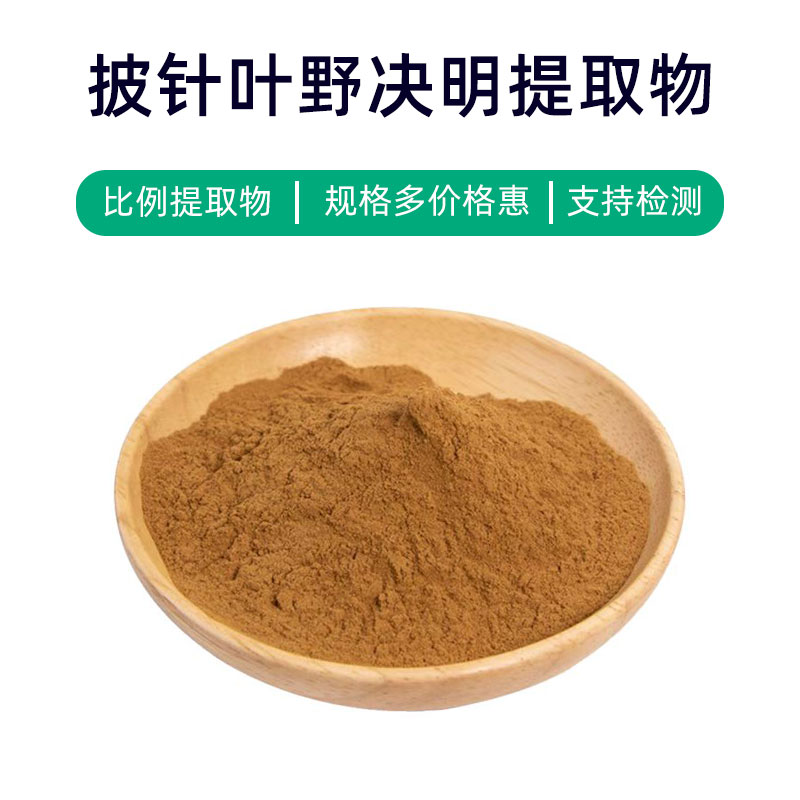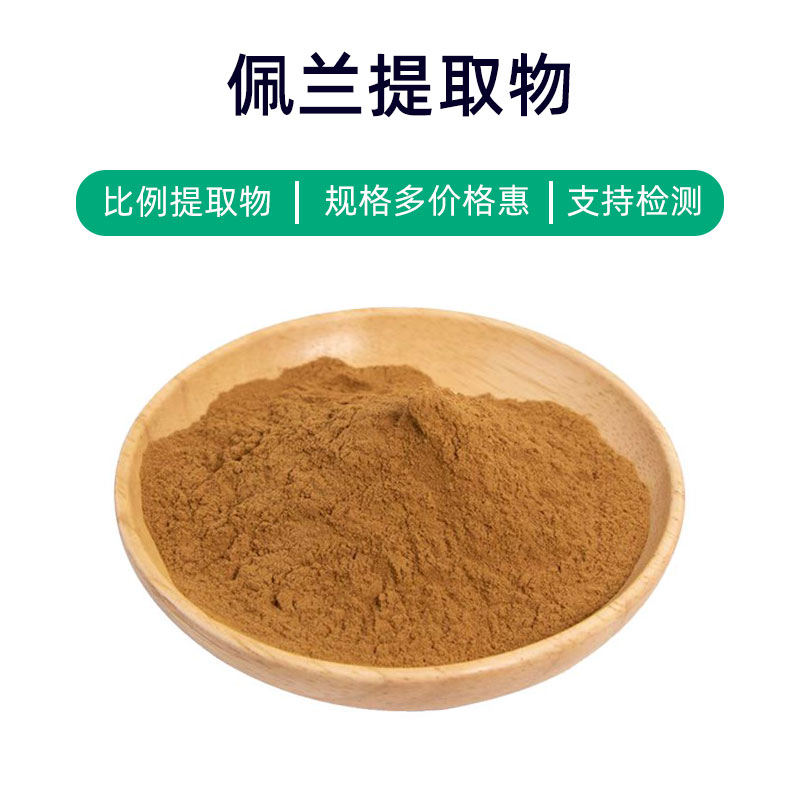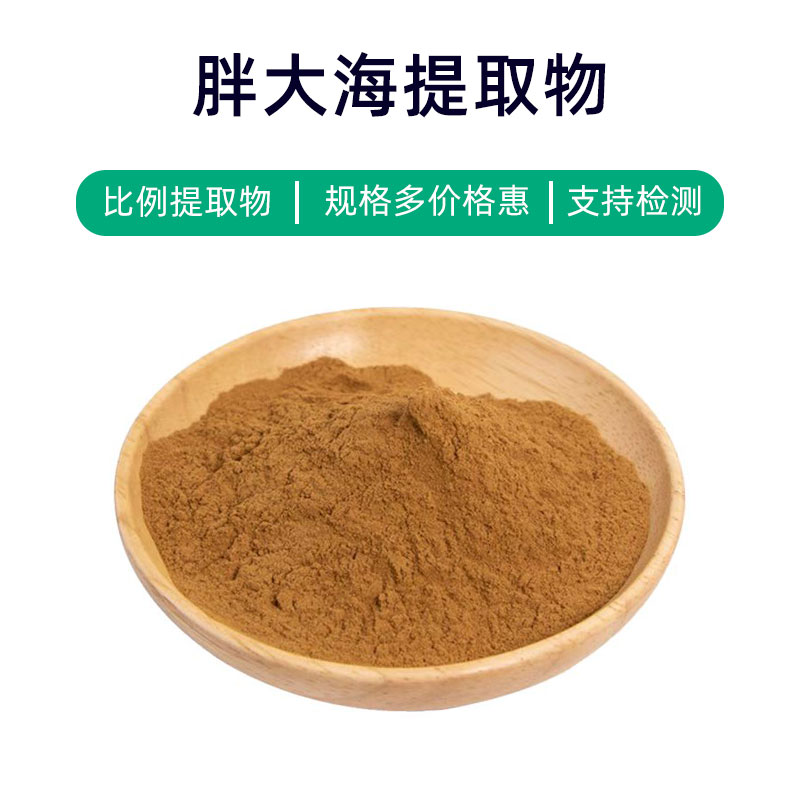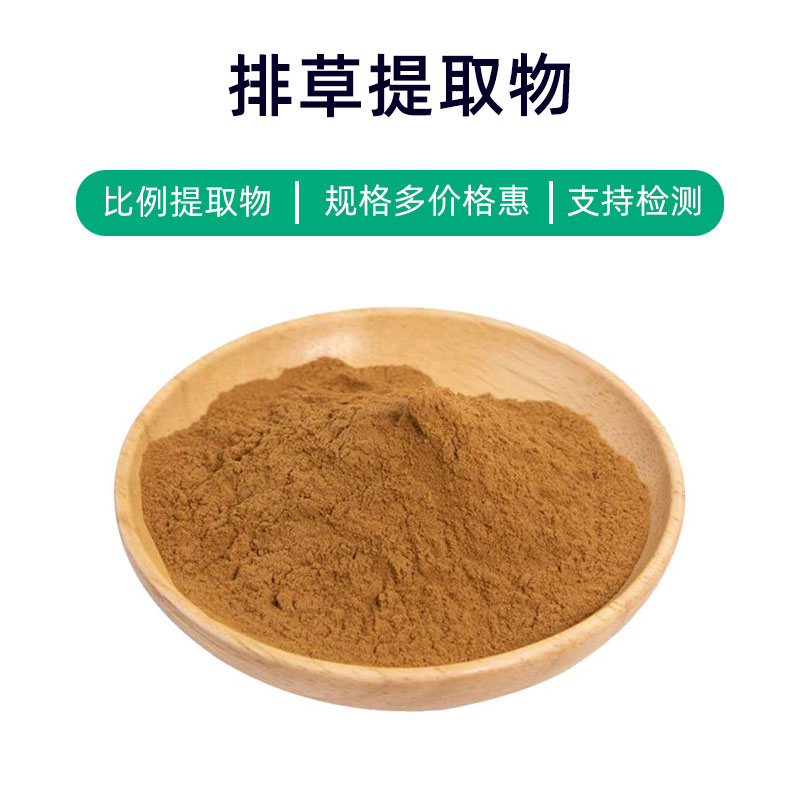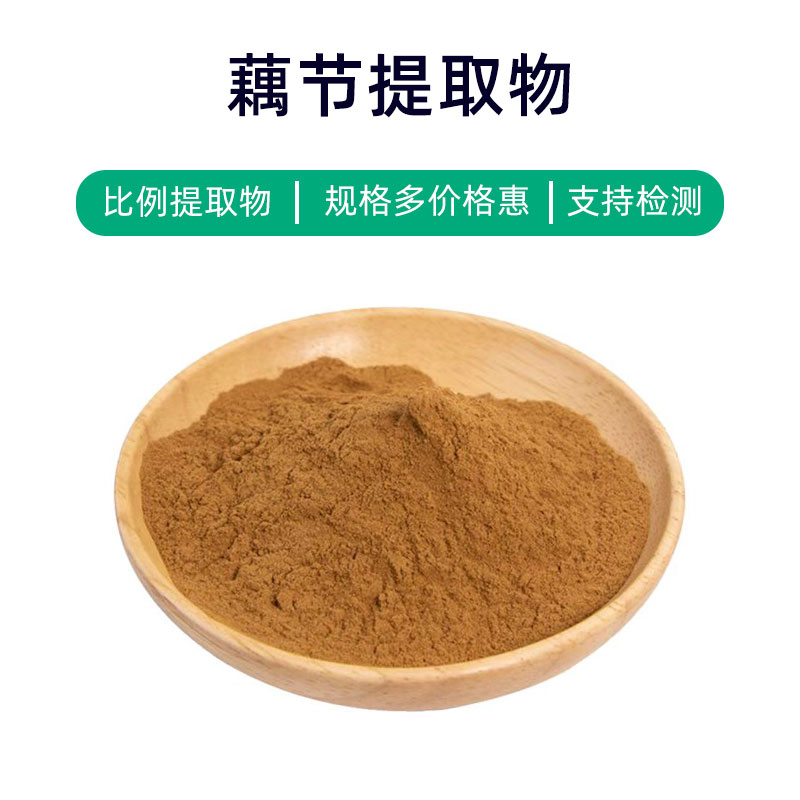Introduction to Centella Asiatica Extract
Centella Asiatica extract is a natural plant extract derived from the whole herb of Centella Asiatica. Its main components include triterpene saponins (like madecassoside and asiaticoside) and flavonoids. These components provide the extract with various benefits and applications.
Centella Asiatica extract is extensively applied in both pharmaceutical and cosmetic fields. The triterpene saponins and flavonoids are believed to promote wound healing, enhance skin elasticity, and exhibit antioxidant properties. Therefore, it is commonly included in skincare products and medicinal formulations for treating skin issues such as scars, inflammation, and wrinkles, as well as for promoting overall skin health.
In cosmetics, Centella Asiatica extract is frequently found in creams, serums, and lotions, improving skin elasticity and firmness while reducing the appearance of wrinkles and fine lines. In the medical field, it is formulated into medicinal ointments and topical medications to treat burns, wounds, eczema, and other skin conditions.
Overall, Centella Asiatica extract is a versatile natural plant extract with numerous benefits, suitable for use in pharmaceuticals and cosmetics, having a positive effect on skin health.
Production Process of Centella Asiatica Extract
The production process of Centella Asiatica extract typically includes the following key steps:
- Raw Material Preparation: Select fresh Centella Asiatica whole herb as raw material, followed by initial cleaning and processing to remove impurities and surface dirt.
- Grinding and Crushing: Grind and crush the cleaned Centella Asiatica to enhance the efficiency of the subsequent extraction process.
- Solvent Extraction: Soak or apply heat to the crushed herb with an appropriate solvent (such as ethanol or water) to dissolve the active components into the solvent.
- Filtration and Concentration: Filter the extracted solution to remove residue and impurities, then concentrate the solution to increase its concentration by removing most of the solvent.
- Precipitation: Adjust the temperature and pH to precipitate the target components from the solution, then separate the precipitate using centrifugation or filtration.
- Drying and Powdering: Dry the precipitate or extraction residue, usually using spray drying or vacuum drying methods, turning it into a powder form of Centella Asiatica extract.
- Refinement and Packaging: Refine the dried extract to improve its purity and quality, then package it, typically in sealed aluminum foil bags or plastic containers, to maintain product stability and quality.
Throughout the production process, strict control of operational parameters and conditions is necessary to ensure product quality and stability. Quality inspection and testing must also be conducted to meet relevant standards and requirements.
Benefits and Side Effects of Centella Asiatica Extract
Centella Asiatica extract, as a natural plant extract, offers various benefits and effects, mainly including the following:
- Promoting Wound Healing: The active components in Centella Asiatica extract, such as triterpene saponins, help promote wound healing. They stimulate skin cell growth and regeneration, speeding up the healing process and reducing scar formation.
- Improving Skin Elasticity: The active ingredients in Centella Asiatica extract help enhance skin elasticity and firmness by promoting the synthesis of collagen and elastin.
- Antioxidant Effects: Centella Asiatica extract is rich in flavonoids, which possess strong antioxidant properties. They help eliminate free radicals from the body, reduce oxidative damage, and slow down skin aging.
- Reducing Inflammation and Redness: The extract exhibits anti-inflammatory properties, helping to alleviate inflammation and redness in the skin. It inhibits the release of inflammatory mediators, easing discomfort, and is suitable for treating mild inflammatory skin issues.
- Moisturizing and Hydrating: Centella Asiatica extract contains natural moisturizing factors that help the skin retain moisture, improve dry and rough skin conditions.
Despite the many benefits of Centella Asiatica extract, attention should be given to the following points:
- Allergic Reactions: Some individuals may be allergic to Centella Asiatica extract. A patch test is recommended before use, and if any allergic symptoms occur, discontinue use immediately and seek medical attention.
- Photosensitivity: Prolonged sun exposure while using products containing Centella Asiatica extract may increase skin sensitivity to UV rays, so it is advisable to use sunscreen in conjunction with these products during the day.
- Individual Differences: Each person's skin condition and physical constitution may vary, affecting their response to Centella Asiatica extract. Adjust the usage amount and frequency according to individual conditions to avoid adverse reactions.
In summary, Centella Asiatica extract, as a natural plant extract, provides various benefits in skincare but should be used with caution to avoid side effects.
Application Scenarios and Dosage of Centella Asiatica Extract
Centella Asiatica extract has a wide range of applications in the pharmaceutical, food, and cosmetic sectors. Below is a detailed introduction to the application scenarios and recommended dosages of this product in these fields:
- Applications in Medicine:
- Wound Healing: Centella Asiatica extract is often used to prepare various topical ointments or gels to speed up wound healing and reduce scarring. Usage: Apply an appropriate amount of ointment to clean wound surfaces and gently massage until fully absorbed, 1-2 times daily.
- Skin Inflammation: The extract possesses anti-inflammatory properties, making it suitable for treating mild inflammatory skin issues like eczema and acne. Usage: Apply an appropriate amount of ointment to the affected area 2-3 times daily until symptoms improve.
- Improving Skin Elasticity: The extract promotes collagen synthesis and is often found in anti-wrinkle or anti-aging products. Usage: Evenly apply the product to the face or areas requiring elasticity improvement, massaging until fully absorbed, 1-2 times daily.
- Applications in Food:
- Currently, there are no common applications in the food sector and it is generally not used as a food additive.
- Applications in Cosmetics:
- Moisturizing Skin Care: Centella Asiatica extract offers excellent moisturizing effects, suitable for various moisturizing lotions, creams, and serums. Usage: Apply an appropriate amount to clean facial or body skin, gently massaging until fully absorbed, 1-2 times daily.
- Anti-Aging: Due to its antioxidant properties and ability to promote collagen synthesis, Centella Asiatica extract is common in anti-aging products such as wrinkle creams and firming serums. Usage: Apply according to product instructions to the areas needing improvement, gently massaging until fully absorbed, 1-2 times daily.
Products containing Centella Asiatica extract should comply with relevant national regulations and standards. Always follow the dosage instructions on the product label, avoiding excessive or prolonged use to prevent adverse reactions. If any skin discomfort or allergic reactions occur during use, discontinue immediately and seek medical attention.
Introduction to the Source Plant of Centella Asiatica Extract, Its Distribution, and Growth Environment
Centella Asiatica, also known as Gotu Kola, is a common perennial herb belonging to the Apiaceae family and the Centella genus. Its extract is widely used in pharmaceuticals and cosmetics.
Centella Asiatica is native to tropical and temperate regions of Asia, primarily distributed across countries and regions like the Indian subcontinent, Sri Lanka, China, Japan, Malaysia, and Indonesia. In China, it is widely distributed in regions including South China, East China, Central China, and Southwest China.
This plant flourishes in a variety of environments, often found under broadleaf forests, along ditches, in fields, on hillsides, riverbanks, roadsides, and meadows at altitudes ranging from 300 to 2100 meters. It is shade-tolerant and adapts well to different soil types, preferring moist, well-drained sandy loam or clay soils, but can also thrive in acidic soils. It grows abundantly and has robust vitality, commonly found in tropical and subtropical regions.
Centella Asiatica has a prostrate growth form with underground rhizomes, producing slender stems. Its leaves are opposite, with long and thin petioles, and round to nearly round leaf blades that are shallowly lobed or 3-5 lobed, with finely serrated margins. It flowers in the summer with axillary flower clusters, presenting small, white, or pink flowers with a prolonged flowering period. The fruit is a dry achene, and the seeds are oval and black.
In the wild, Centella Asiatica often grows in moist environments along riverbanks, valleys, and fields. Its vigorous creeping underground rhizomes can quickly cover and occupy surrounding open areas, creating dense patches. Due to its wide distribution and abundant growth in natural environments, Centella Asiatica is an easily accessible and valuable medicinal plant resource.
Processing and Storage of Centella Asiatica Extract
The processing of Centella Asiatica extract usually involves the following steps: first, the harvested herb is thoroughly cleaned and handled to remove dirt and impurities; then the cleaned herb is ground and crushed to enhance extraction efficiency; suitable solvents (such as ethanol or water) are used for soaking or heated reflux extraction; the obtained solution is filtered and concentrated; finally, the extract undergoes drying, typically using spray drying or vacuum drying methods. For storage, Centella Asiatica extract should be kept in a cool, dry place, away from direct sunlight and high temperatures, ensuring good sealing to prevent moisture intrusion, thus maintaining its stability and quality.
Monica Sun is a seasoned expert in the plant extraction industry with over a decade of experience in research and production. She specializes in the extraction and purification of plant active ingredients, focusing on driving innovation in natural product applications. Monica has participated in the development of multiple functional plant extracts, delivering high-value natural raw material solutions for the health food, pharmaceutical, and dietary supplement sectors.









